The Non-Invasive Prenatal Testing (NIPT) Market has rapidly evolved over recent years, primarily driven by advancements in genetic testing technologies and an increasing awareness regarding prenatal health.
With the surge in demand for safe and reliable prenatal tests that identify genetic anomalies without risk to both mother and fetus, many companies are innovating and competing to establish themselves as leaders in this lucrative sector.
The competitive landscape is characterized by a mix of established players and emerging startups, each striving to enhance their offerings while navigating regulatory challenges and evolving market trends.
As the NIPT market expands, entrenched companies are bolstered by significant RD investments, robust distribution networks, and strategic partnerships, which provide them with a competitive edge in capturing extensive market share.
Natera is a prominent player in the Non-Invasive Prenatal Testing (NIPT) Market, known for its innovative approach and comprehensive offerings.
Its flagship product, the Panorama test, stands out due to its high accuracy and ability to detect a wide range of chromosomal conditions early in pregnancy.
Natera has leveraged its strong genetic expertise and technological advancements to establish a foothold in various markets around the world.
The company's strengths lie in its focus on customer education, professional collaboration with healthcare providers, and a dedication to delivering precise testing solutions that prioritize patient safety.
Through strategic partnerships and an expansive market presence, Natera continues to solidify its position as a key competitor, driving adoption of its testing services among expectant families and healthcare professionals alike.
Sequenom has established itself as a significant entity in the Non-Invasive Prenatal Testing (NIPT) Market, primarily known for its pioneering efforts in developing non-invasive genetic diagnostic solutions.
The company offers the Matsy test, which is designed to assess fetal health and provide insights into potential genetic disorders without posing risks to the pregnancy.
Sequenom's strengths lie in its commitment to innovative scientific research, strong intellectual property portfolio, and adaptability to shifting market dynamics.
The company has actively pursued growth through mergers and acquisitions, which have enhanced its capabilities and broadened its service offerings in the NIPT arena.
With a solid presence in international markets, Sequenom continues to strengthen its competitive position by focusing on advancements in technology, expanding its product line, and maintaining strategic collaborations with healthcare entities to foster wider acceptance and implementation of its testing solutions.


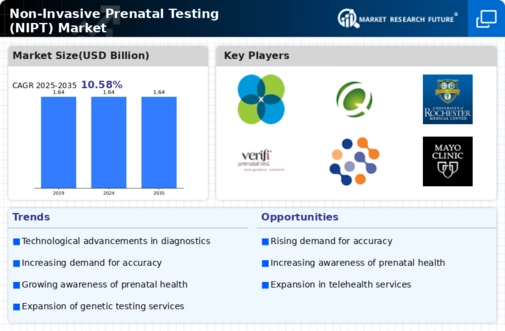
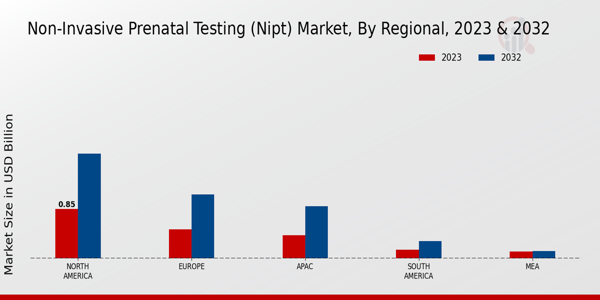

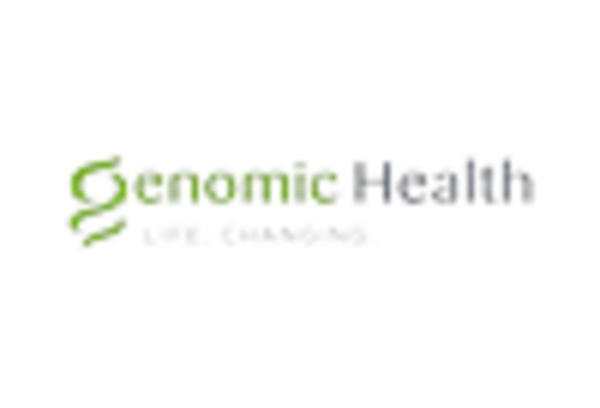
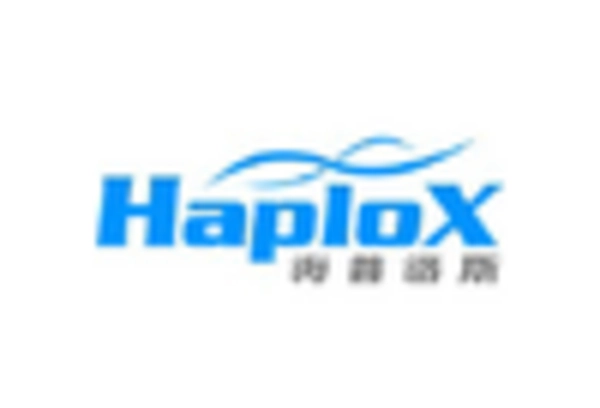
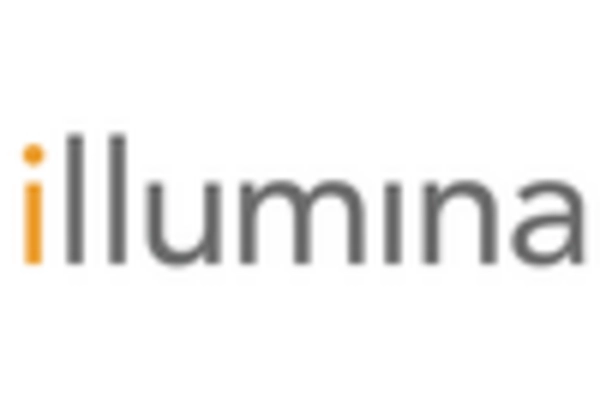










Leave a Comment